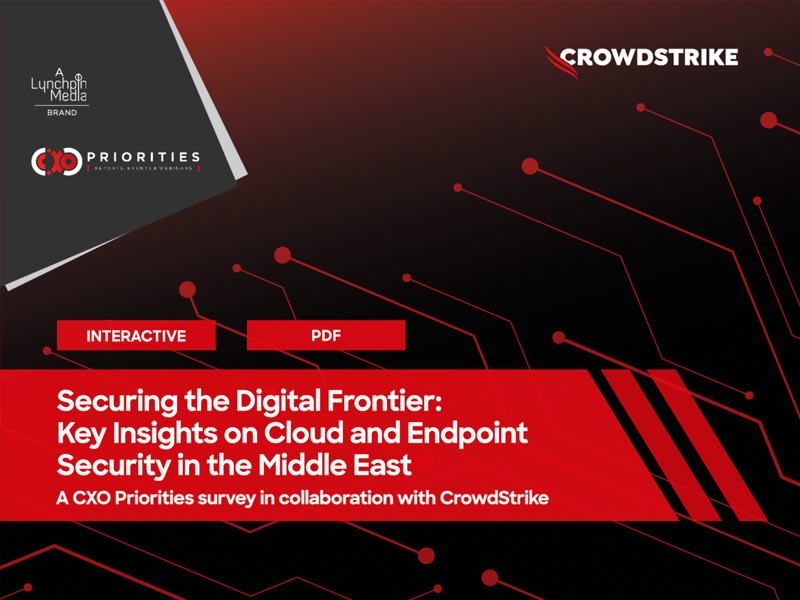As a naturally quiet introvert, being in a leadership role does not come naturally to me. Throughout my personal and professional life, I’ve been happy working behind the scenes, getting the job done and maintaining strong friendships with colleagues.
Leadership calls for a different version of this – managing accountability both up and down the chain, trying to ensure colleagues are ‘in’ on the strategic vision and sometimes dealing with difficult conversations and challenges.
I’m lucky enough to work for a company that sees beyond self-doubt and self-criticism and is willing to invest in an unpolished but highly willing individual at the start of their leadership journey. But imposter syndrome is an issue that affects many leaders.
In fact, research of more than 1,200 leaders and their teams shows that leaders in businesses globally are suffering from a crisis of confidence when it comes to their strengths, according to a report from strengths development organisation, Strengthscope.
When asked to rate their strengths, leaders underestimate themselves in a number of areas including courage, strategic mindedness, compassion and self-improvement when compared to how their teams rate them.
The findings also found the perception gap between how leaders rate the effectiveness of their leadership skills, compared to their teams perception of them, has grown by 75% since 2019. This highlights a disconnect between how well leaders think they’re performing in comparison to how their team perceives their performance since the pandemic.
Leaders’ imposter syndrome may have been caused by the increased expectations, pressure and complexity of the current workplace. The challenge of managing remote teams, alongside post pandemic re-calibration of employees’ expectations of work and the need for greater kindness and compassion have led to leaders feeling less effective and less confident in their leadership skills.
Dr Paul Brewerton, Chartered Occupational Psychologist and founder of Strengthscope, said: “Leaders have had to deal with a lot of changes over the past five years – often with limited support and skills in managing people. If leaders are not aware of their innate strengths, they may not be aware of their impact either – and this is critical for productive and effective team dynamics.
“We know that the impact of hybrid and remote working, since the pandemic, with all its benefits, can negatively impact the communication between managers and team members if the change is not handled appropriately.”
The most notable gaps in ratings are for courage, self-improvement, leading, strategic mindedness, enthusiasm and compassion, where raters regard the leader as significantly more effective than they rate themselves. These are critical skills for leaders in any business, especially during times of uncertainty and change.
“When HR and L&D teams are looking into building skills for leaders, they often look at gaps in knowledge as well as weaknesses and try to close those gaps. While this approach can be appropriate at times, there is immense value in understanding and doubling down on the strengths of your leaders. By understanding what energises them and what they’re good at, HR teams can utilise these more effectively for better business outcomes,” said Dr Brewerton.
The research is based on 1,272 leaders completing Strengthscope’s assessment and development tool between October 2023 and September 2024. The assessments were completed by senior level leaders in finance, marketing, HR, operations, IT, legal, sales etc. The data is reflective of participants from the UK, Europe and the US. The results were compared to 2019 figures to provide a five-year change.
For leaders in the cybersecurity space, there are added pressures. A sophisticated threat landscape, regulatory pressures, resource constraints and a keen eye on demonstrating ROI create what could be quite an overwhelming mix of challenges.
Francisco Gaffney, CEO & Chairman, Trinity SES, said that, as CEO in a fast-moving, tech-heavy field, he has realised that what’s often labelled imposter syndrome can just be the friction that comes from working on a moving target.
“In cybersecurity and compliance tech, the goalposts shift constantly. New threats emerge. Regulations evolve. Frameworks change. Feeling uncertain isn’t a flaw. It’s often a sign you’re paying attention,” he said.
“The harder part is working out what’s real. Sorting substance from noise. Cutting through the hype around shiny tools that promise everything but deliver nothing. That kind of clarity comes from doing the work, not from being the loudest in the room.
“I read regulatory updates the way some people read financial forecasts. I speak to the people actually implementing security controls, not just the ones selling them. I challenge our roadmap regularly to make sure it’s built around what clients genuinely need, not what looks good in a pitch.
“None of us know everything. The point is to stay curious enough to ask better questions and keep adjusting as the landscape changes.”
Simon Fabb, CEO, ChiefJobs.com, recalls feeling that ‘knot of self-doubt’ early in his career, but concedes it can affect anyone at any stage.
“In cybersecurity leadership, imposter syndrome often stems from rapid promotions or entering roles that outpace formal training. I work with CXOs who feel they’ve skipped steps, even when their results prove otherwise,” he said.
“One of the first things we work on is identifying the assumptions driving that feeling. Many leaders internalise outdated ideas about what authority should look like (usually perfection, total certainty or a specific type of technical background). Questioning those standards helps them realise they’re holding themselves to an impossible benchmark.
“Another approach is helping them clarify their unique value in the room. That might be strategic thinking, communication under pressure or risk framing for the board. When they define what they actually bring, rather than what they think they’re missing, their confidence becomes more grounded and consistent.”
Imposter syndrome rarely disappears on its own, he said. “It needs to be addressed deliberately, and that starts with recognising it as a sign of growth, not failure. For many cybersecurity leaders, it simply means they’ve moved beyond their comfort zone, and that’s where leadership actually begins.”

